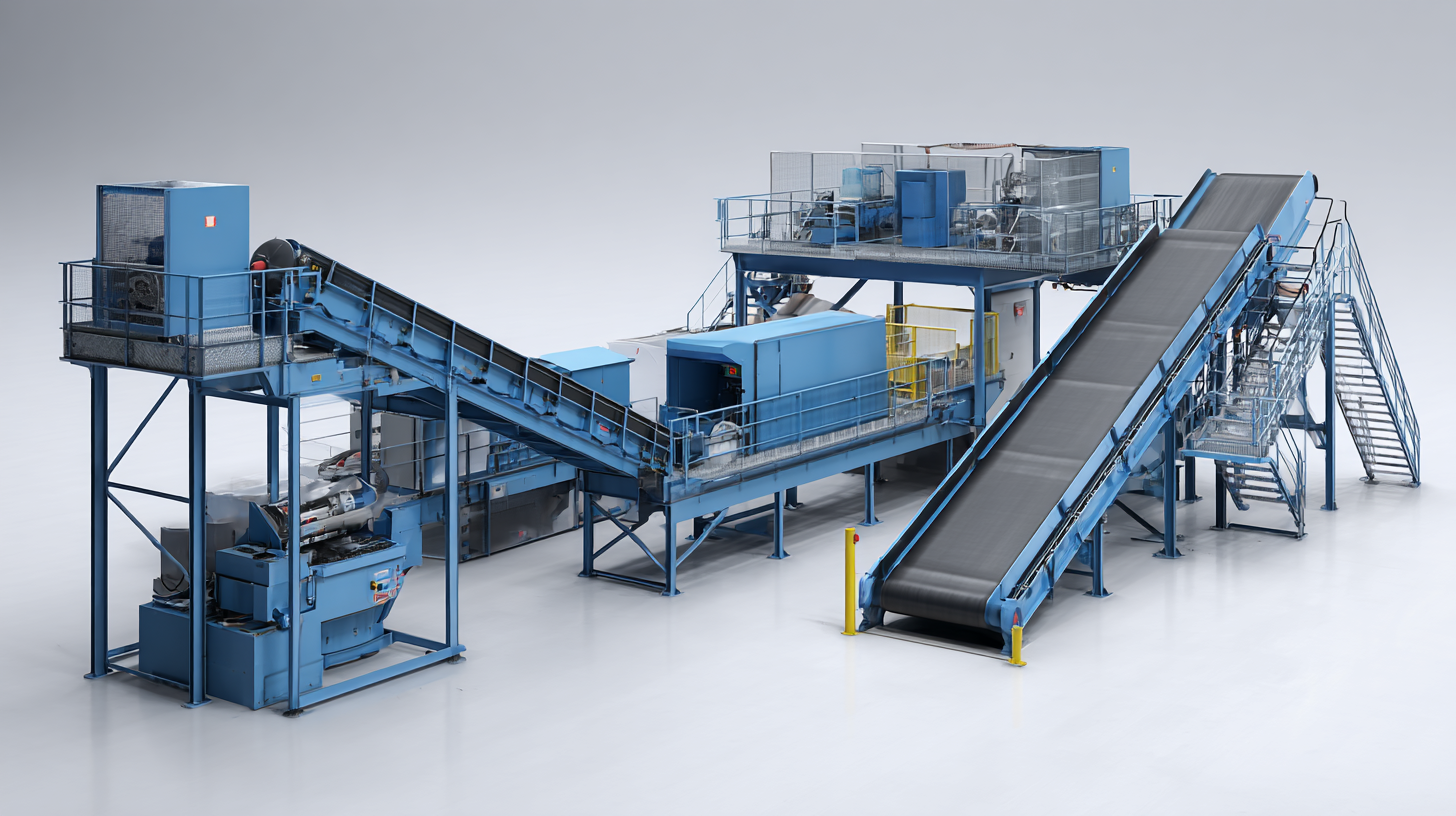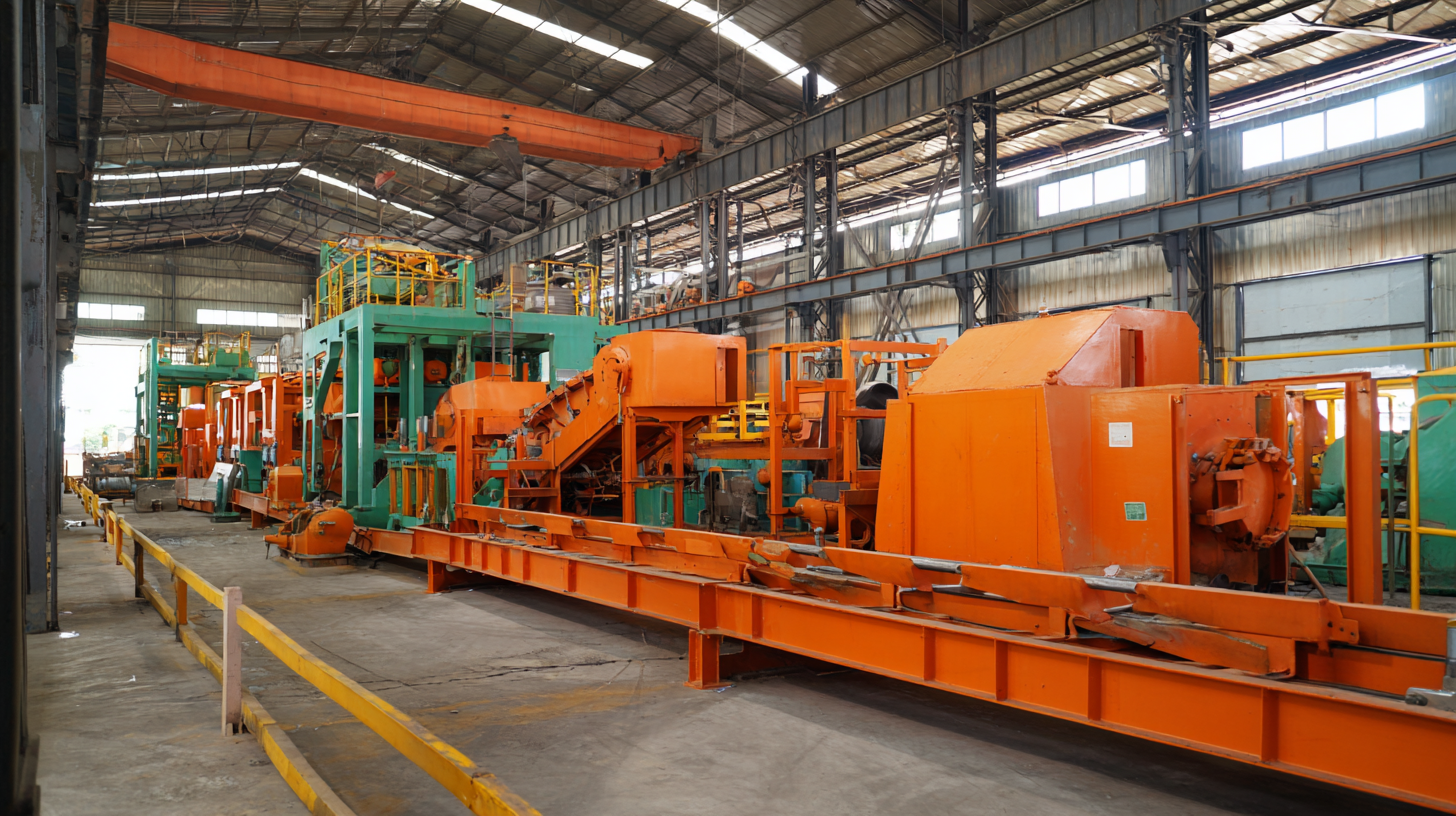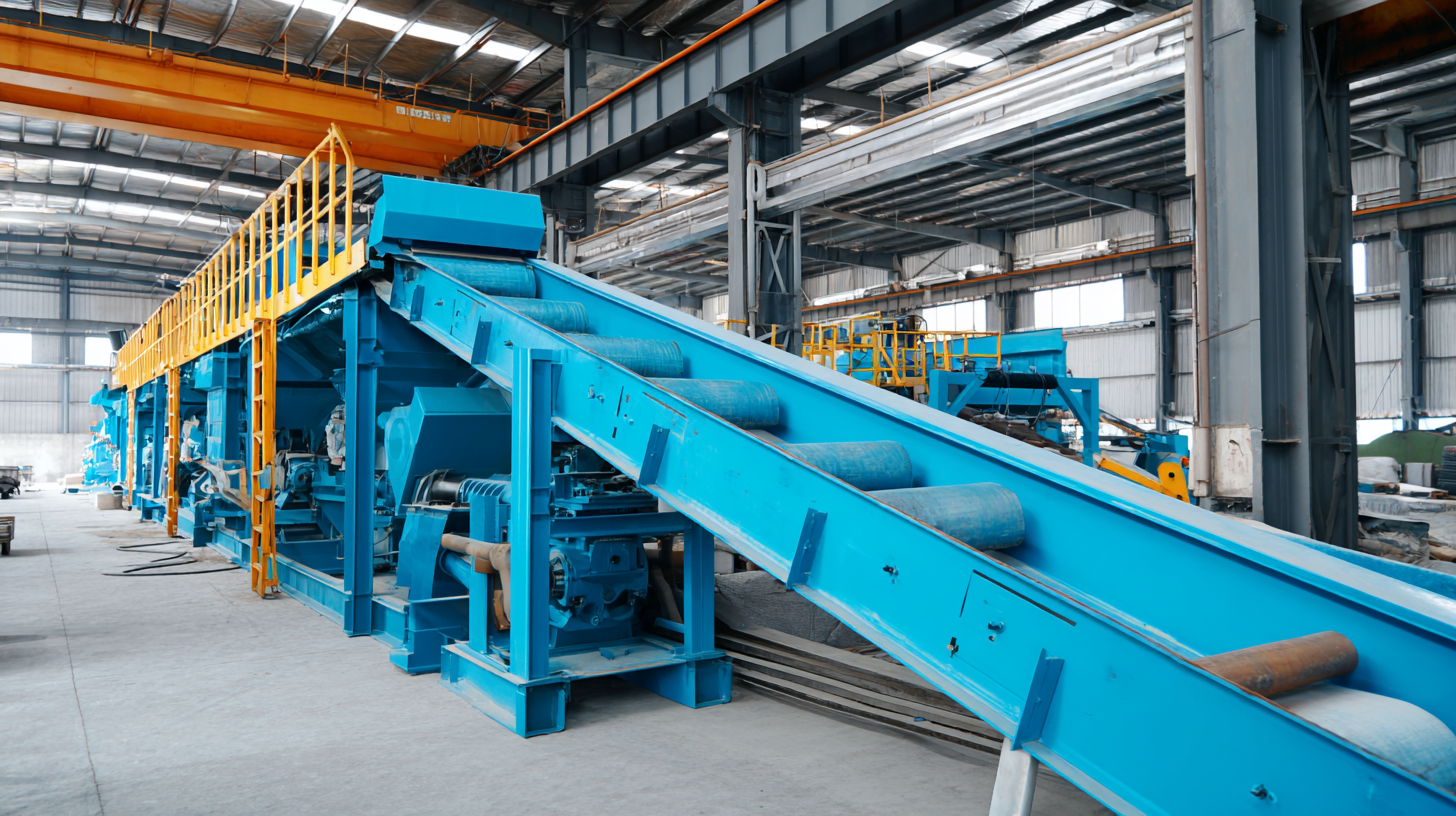In the fast-paced world of manufacturing and processing, the efficiency and precision of your machinery can greatly influence your operational success. One crucial component that often goes overlooked is the cutting conveyor belt with grinder, which plays a significant role in streamlining production lines and enhancing product quality. Selecting the right cutting conveyor belt with grinder entails considering various factors such as material compatibility, durability, and specific application needs. This ultimate checklist aims to guide you through the essential elements to consider when sourcing these solutions, ensuring that you invest in equipment that not only meets your technical requirements but also boosts productivity and minimizes downtime. By the end of this article, you'll have a comprehensive understanding of how to choose the best cutting conveyor belt with grinder for your unique business needs, paving the way for improved operational efficiency.

When sourcing the best cutting conveyor belts and grinder solutions, it is essential to start by identifying your specific needs. According to a recent industry report from Market Research Future, the global conveyor belt market is projected to reach USD 6.58 billion by 2025, with a compound annual growth rate (CAGR) of 3.4%. Understanding the specific applications within your operations can help you select the right materials and configurations, ensuring optimal performance and longevity. For example, belts made from polyurethane may be ideal for high-speed applications, while rubber belts are often more suitable for heavy-duty environments.

Equally crucial is the choice of grinders that complement your cutting conveyor system. The grinding equipment market is expected to grow substantially, with a recent study estimating a CAGR of 4.5% over the next five years. Identifying whether you require surface grinders, cylindrical grinders, or specialized options based on your production needs will streamline your operations. Factors such as motor power, precision, and the material being processed all play significant roles in determining the most effective grinding solution. By carefully analyzing these needs, businesses can achieve greater efficiency, reduced downtime, and improved product quality.
When sourcing high-quality conveyor belts for cutting and grinding applications, several key features must be prioritized to ensure optimal performance and longevity. One of the most critical aspects is the material composition of the conveyor belt. According to a recent study by ResearchAndMarkets, the global conveyor belt market is expected to reach $6.5 billion by 2025, emphasizing the growing need for durable and resilient materials that can withstand high temperatures and abrasive substances. Rubber and thermoplastic elastomers are amongst the most recommended materials, providing excellent wear resistance and flexibility.
Another essential feature to consider is the belt’s surface characteristics. A textured or patterned surface can significantly improve grip, reducing the risk of slippage during operation. Industry reports, such as those from the Conveyor Equipment Manufacturers Association (CEMA), highlight that an increase in surface friction can enhance operational efficiency by up to 25%, making it a crucial factor in the selection process. Additionally, it’s important to assess the belt’s compatibility with various grinders and cutting devices, ensuring seamless integration into existing systems. A well-chosen conveyor belt not only boosts productivity but also minimizes maintenance costs, providing a remarkable return on investment for businesses in the cutting and grinding sectors.
When it comes to maximizing the efficiency of cutting grinders, several key factors significantly influence their performance. First and foremost, the choice of cutting conveyor belt is crucial. A belt that provides optimal traction and durability ensures a seamless operation, minimizing slippage and wear over time. Factors such as material composition, thickness, and design of the conveyor belt play a vital role in how effectively materials are fed into the grinder, impacting overall productivity.
Additionally, the compatibility of grinder solutions with specific belts must not be overlooked. Each grinder has unique specifications that dictate its performance capabilities. Proper alignment between the grinder and the conveyor system can reduce operational hiccups and enhance material processing. Moreover, considering the power and RPM specifications of the grinder is essential to achieving desired cutting precision. By paying close attention to these factors, businesses can streamline processes, reduce downtime, and improve the overall output of their cutting operations.
When sourcing the best cutting conveyor belts and grinder solutions, evaluating supplier credentials is paramount. According to a report by Market Research Future, the global conveyor system market is anticipated to reach approximately USD 7 billion by 2025, highlighting the critical role that high-quality components play in manufacturing efficiency. Suppliers not only need to demonstrate technological innovation but also hold credible certifications such as ISO 9001, which ensures they meet international quality management standards.
Quality assurance doesn't stop at certifications; it's essential to examine the supplier's testing and inspection processes. Research from the International Journal of Quality & Reliability Management indicates that companies with robust quality assurance frameworks can reduce their operational costs by up to 30%. This underscores the importance of partnering with suppliers who implement stringent quality control measures throughout their production processes. Ultimately, selecting a supplier with verified credentials not only guarantees product reliability but can also lead to enhanced productivity and lower long-term maintenance costs.
| Supplier Name | Quality Assurance Certification | Industry Standards Compliance | Lead Time (Days) | Warranty Period (Months) | Customer Support Availability |
|---|---|---|---|---|---|
| Supplier A | ISO 9001 | ANSI, CE | 15 | 24 | 24/7 Support |
| Supplier B | ISO 45001 | OSHA, CE | 10 | 12 | Business Hours Support |
| Supplier C | ISO 13485 | FDA, CE | 20 | 18 | Email Support |
| Supplier D | ISO 14001 | ISO, CE | 12 | 24 | 24/7 Support |
| Supplier E | ISO 22000 | HACCP, CE | 30 | 36 | Phone Support |
When sourcing cutting conveyor belts and grinding solutions, a critical consideration is the balance between cost and quality. Many businesses find themselves faced with the dilemma of choosing between lower-priced options that may compromise performance and higher-end solutions that could strain their budgets. Understanding the intrinsic value of quality equipment is essential, as it often leads to increased productivity and lower long-term operational costs. Investing in durable and efficient machinery can significantly reduce maintenance expenses and downtime, thus enhancing overall profitability.
A comparative analysis of cost versus quality highlights that the initial expenditure on premium equipment can yield substantial savings in the long run. High-quality conveyor belts and grinders typically feature advanced materials and engineering that enhance their longevity and performance. While opting for budget-friendly alternatives may seem appealing at first, these products can result in frequent replacements and additional costs over time. Therefore, manufacturers and suppliers should carefully evaluate their sourcing decisions, considering factors such as total cost of ownership, productivity improvements, and the potential impact on their operational workflows. By prioritizing quality, organizations can secure a more reliable and efficient production process.

